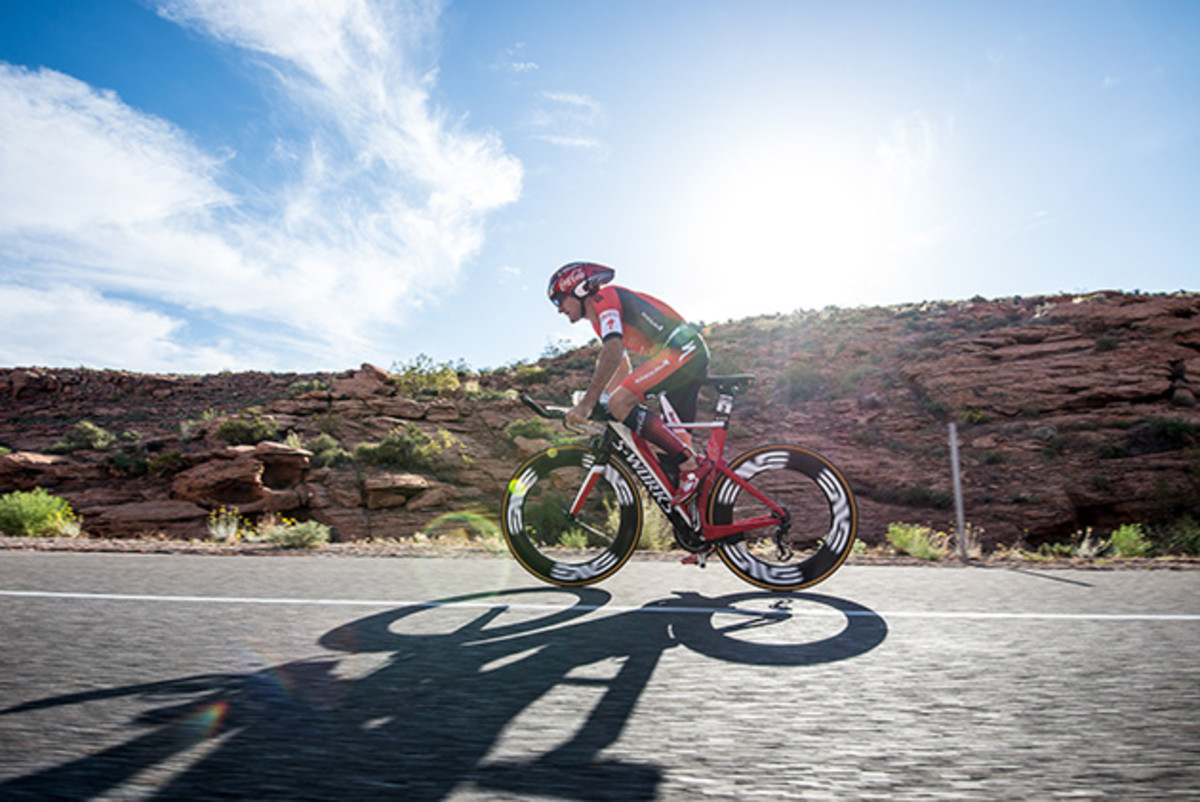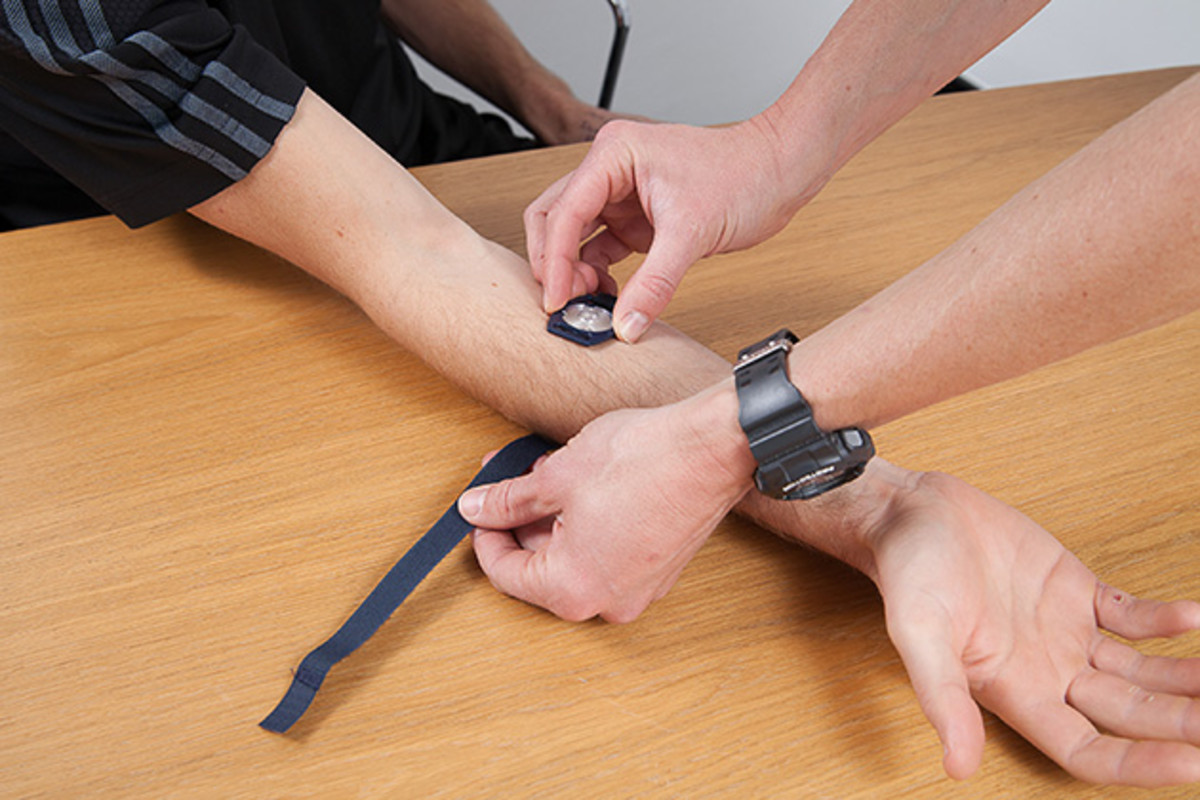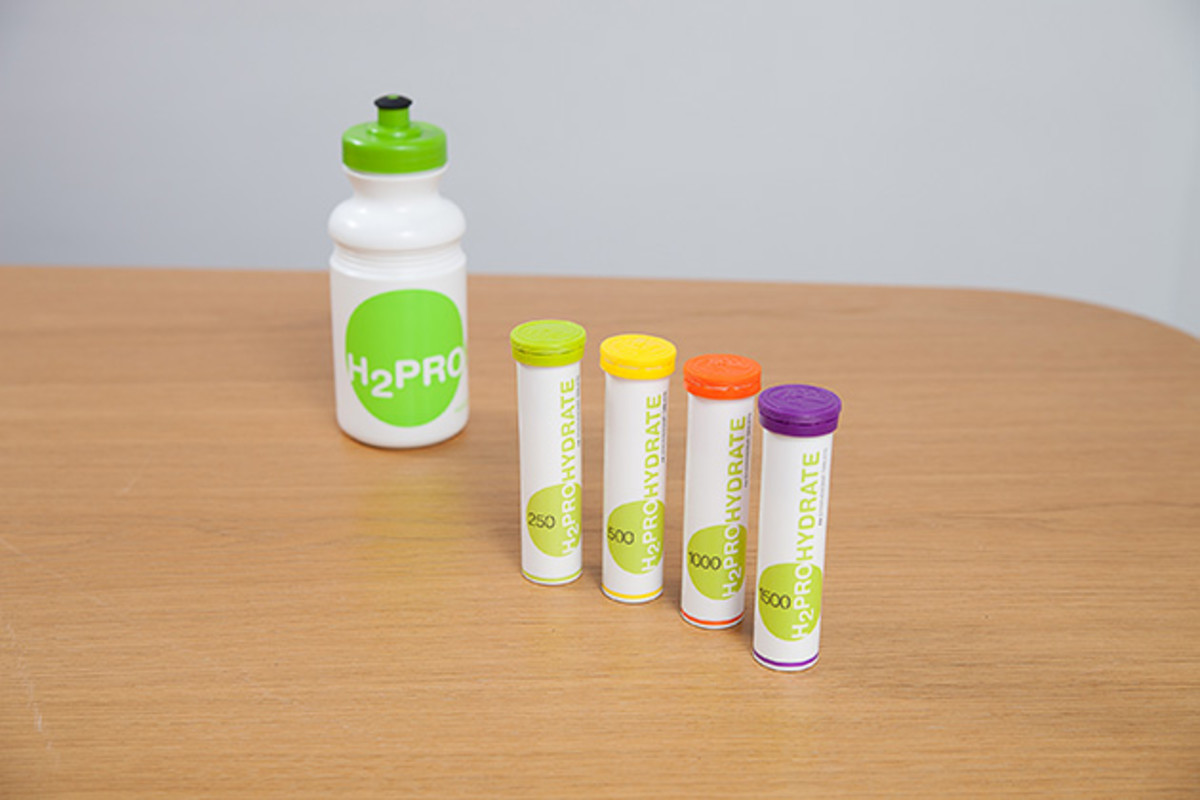Innovation in Hydration: Sweat testing is next level of sports hydration

When the weather outside is scorching and you’re feeling weak and fatigued, what you need might not be more water, but more salt.
“The biggest problem that we see with athletes all the time is people drinking too much, not people drinking not enough,” says Andy Blow, cofounder of Precision Hydration, a U.K.-based company which advises athletes on the amount of electrolytes they need to be consuming along with that water. “Hyponatremia—when you dilute your blood sodium levels—that’s the real issue.” (Hyponatremia is a potentially life-threatening condition that can cause fatigue, cramping, nausea, seizures, and coma.)

According to Precision Hydration, the company has already worked with a host of major U.S. professional teams in the Big Four sports, including the Packers, the Cavaliers, the Capitals, and the Indians. The first of those four made the NFL Playoffs last season, the next two are through to the postseason in the NBA and NHL, respectively. The company has also worked with professional athletes in the English Premier League, International Rugby Union, Formula 1, Indycar and Professional Triathlon.
The company has adapted a sweat test that is normally used to diagnose cystic fibrosis—a genetic disease that affects mucus, sweat, and digestive fluid production and can lead to life-threatening lung infections. In the test, which takes less than half an hour, electrodes are used to diffuse a drug called pilocarpine into a patch of skin about the size of a quarter on a person’s forearm. The pilocarpine stimulates intense sweating in that area, and this sweat can be collected and run through a device that measures its electrical conductivity, and thus determines its salt content.
“This is a very good, quick way of getting a clean and consistent sweat sample,” Blow says. Precision Hydration was out in the U.S. last week visiting NFL, NBA, and MLB franchises. Being able to run through players quickly is crucial to gaining access to those pro teams. “NFL players can be on site for four hours a day. We’re lucky to get 20 minutes with each of them,” he says.

The more traditional method of sweat testing involves placing absorbent pads on several different locations on the body, and having each athlete work out for an hour. According to Blow, teams are reluctant to do that because of the time commitment. “The gain that we’re getting from this information is a marginal gain,” he says. “So quite often it gets prioritized down to the point where it never happens.”
At the beginning of this century, Blow was an elite triathlete representing Great Britain. But he consistently struggled in the heat and in races at longer distances. He has a degree in sports and exercise science, and was following standard advice on drinking lots of fluids, yet he still suffered from cramps and became a regular visitor to the medical tent. After reading that ultra endurance athletes took salt pills, Blow experimented with using them to see whether balancing his electrolyte losses from sweat would help.
Innovation in Hydration: The science behind your body's need for water
Blow didn’t realize this at the time, but his sweat is about twice as salty as the average person’s. He loses 1.8 grams of sodium per liter of sweat. During intense exercise, a person can sweat as much as 1.4 liters per hour. So after just an hour of working out, Blow could have lost 2.5 grams of sodium, 109% of the U.S. government’s 2.3-gram recommendation on maximum daily intake. While consuming too much salt can raise blood pressure and increase the risk of heart problems or strokes, sodium plays important roles in human biology, and losing too much can impair muscle and nerve function.
The salt pills significantly decreased Blow’s problems with cramping, but determining exactly how many he needed to take was a trial-and-error process. After a conversation with heart surgeon Raj Jutley, Blow bought a sweat testing kit and began analyzing not just his own sweat, but also that of other athletes he was training. Using that information, Blow would advise his athletes on which sports drinks to use, and how much of each they should be drinking.
Feeling a bit on the short side today sweat testing @DrewGooden and the Washington Wizards NBA team #H2ProFamily pic.twitter.com/10AvfJo0Sv
— Precision Fuel & Hydration (@precisionfandh) March 5, 2015
Now, Precision Hydration markets its own products, tablets that can be added to water to produce drinks with four different concentrations of sodium: 250 milligrams per liter, 500, 1,000, and 1,500. The results from each athlete’s sweat test are used to provide advice on which drink to consume, and when. For people who don’t have the time to get a real sweat test, Precision Hydration can also estimate sweat losses through an online form which the company says uses an algorithm based on the athletes in its database.

The missing factor, though, is the actual volume of sweat lost, and thus the amount each person needs to drink. “The sweat score on its own is not an indicator of what the player should be drinking. It’s one factor that helps determine that,” Blow says. “What they should be drinking will depend on how much they’re sweating, and what they’re sweating, over what kind of time period.”
But the concentration of each person’s sweat is useful knowledge, especially as a means of identifying athletes towards the extreme ends of the spectrum, both those who might need less sodium than normal, and those who might need more. “If we look at their sodium losses and sweat losses,” Blow says, “then we can help to red flag people who might be more susceptible.”
According to Blow, one of Precision Hydration’s goals is also simply to make people smarter about their hydration strategies. “Hydration was always a poor second to nutrition,” he says. “We do all this stuff around nutrition, and hydration advice is just drink stacks of water.”
Another problem is fashion trends overriding good hydration science, for example, coconut water. The U.S. coconut water market is already approaching the billion-dollar range, and eating into the sports drink market. But coconut water “is definitely not optimal for rehydration,” Blow says. According to WebMD, the drink is high in potassium but low in carbohydrates and sodium. Drinking only coconut water during extended periods of exercise will lead to fatigue, and perhaps risk hyponatremia.
